old ford truck water temp gauge not working
What is the general problem with the old Ford truck water temperature gauge not moving? There may be three reasons: 1. The water temperature sensor is broken; 2. There is a problem with the line; 3. The dashboard is broken. 1. If the water temperature sensor is broken, it cannot detect the temperature signal of the water temperature, so the water temperature gauge will not move. The cause may be a burnt sensor heating coil or poor contact. 2. There is a problem with the circuit, which may be due to factors such as a short circuit, a burnt wire coil, or poor circuit contact. 3. The water temperature gauge on the instrument panel is broken, and the pointer won't move. When encountering the above situations, it is recommended to go to a 4S store or a professional car repair shop and find a professional to troubleshoot the problem first to see which aspects are causing the problem before proceeding with the repair.
Under normal circumstances, the scale pointer of the water temperature gauge on an old Ford truck will change as the water temperature changes. When starting a vehicle, the water temperature is generally very low, especially in winter. At this time, the vehicle should be warmed up first. After starting the vehicle, the final hot vehicle depends on whether the water temperature is normal. Generally, when the water temperature gauge reaches the middle position, the hot vehicle is calculated. At this point, you can drive according to your driving habits. Before that, drive slowly.
The water temperature of the old Ford truck has not reached the normal temperature. Do not turn on the air conditioner. Otherwise, it will damage the engine and increase fuel consumption. If the water temperature gauge does not move , it may be due to a malfunction in the water temperature sensor. It is recommended that car owners go and replace the water temperature sensor.
Old Ford truck engines were all water cooled, relying on coolant to constantly circulate through the engine to remove excess heat. There are two circulation paths for coolant in the engine, one is a large circulation, and the other is a small circulation. When the engine is just started, the engine has not yet reached its normal operating temperature, and at this time, the coolant undergoes a small cycle within the engine.
 English
English 

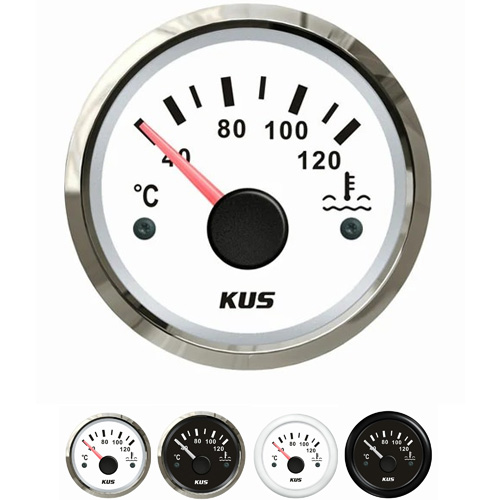
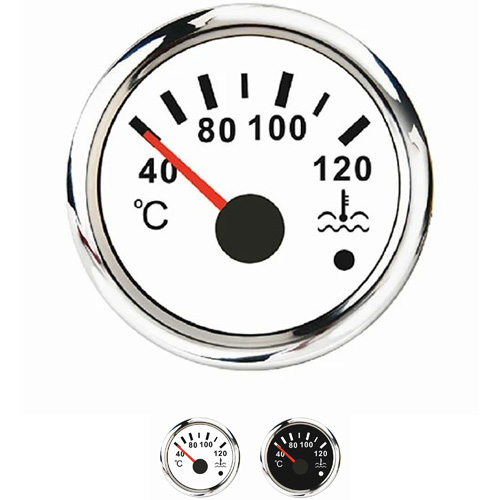
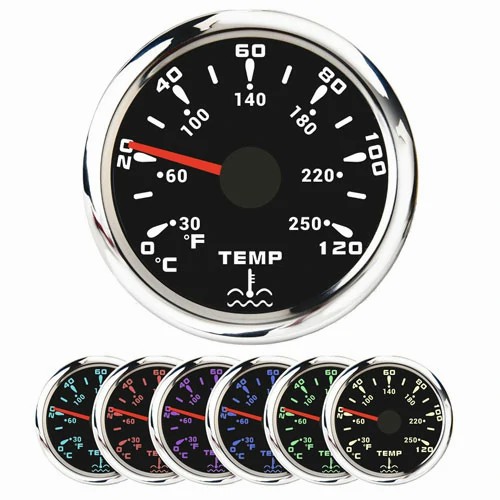
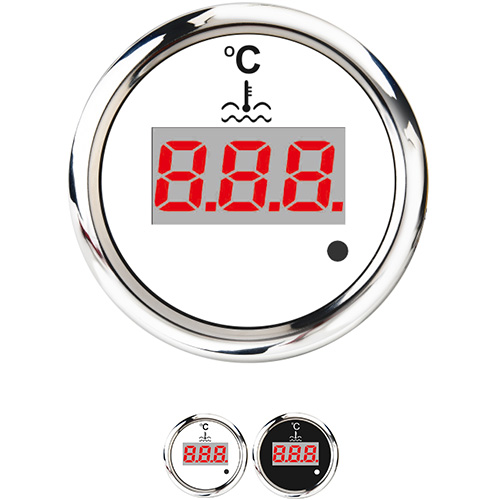
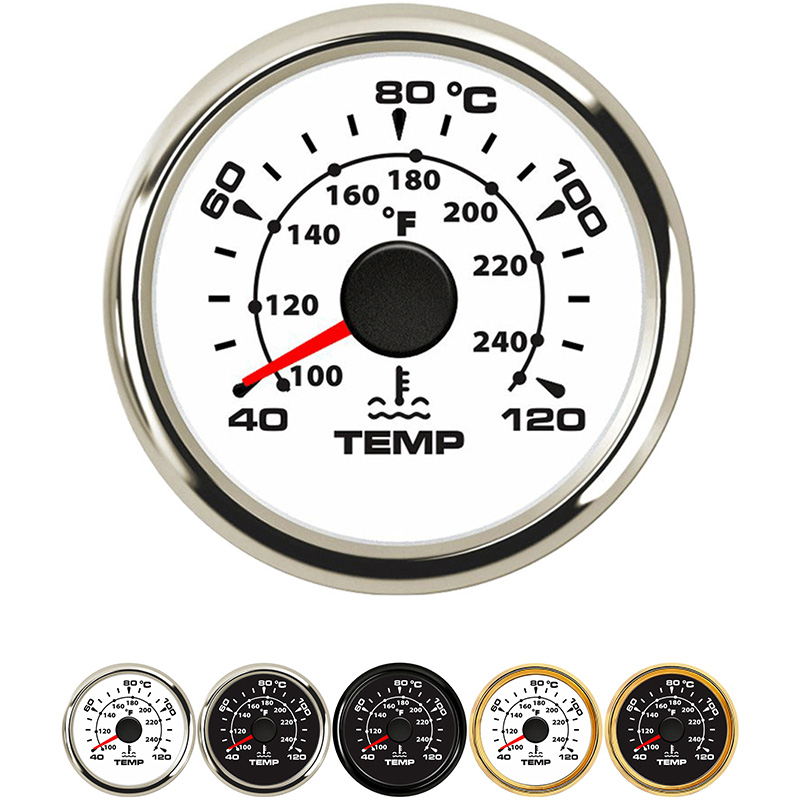
Get a Quote / Info